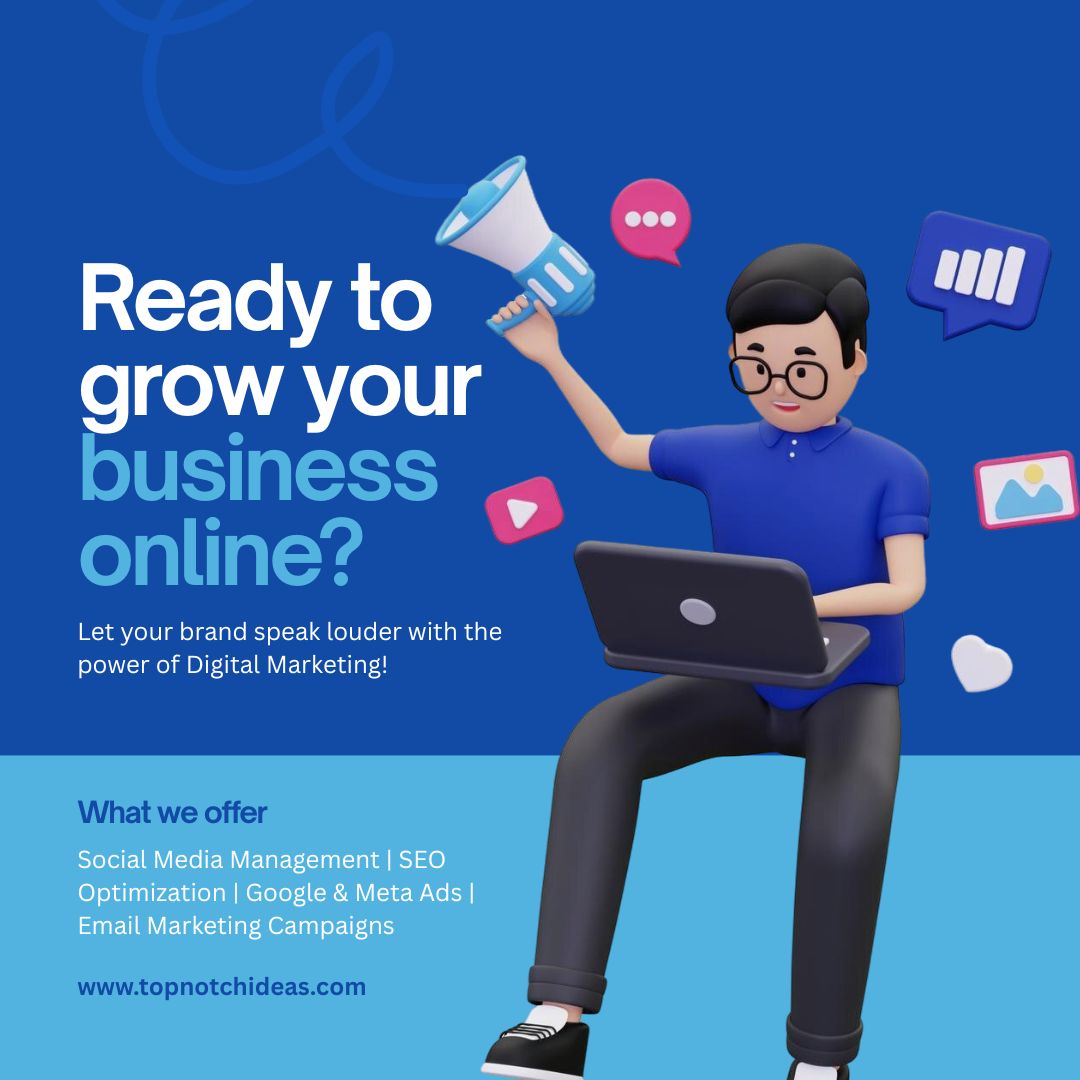News
NVDA Breaking News: $100B Deal Shows Risk and Promise for AI Future
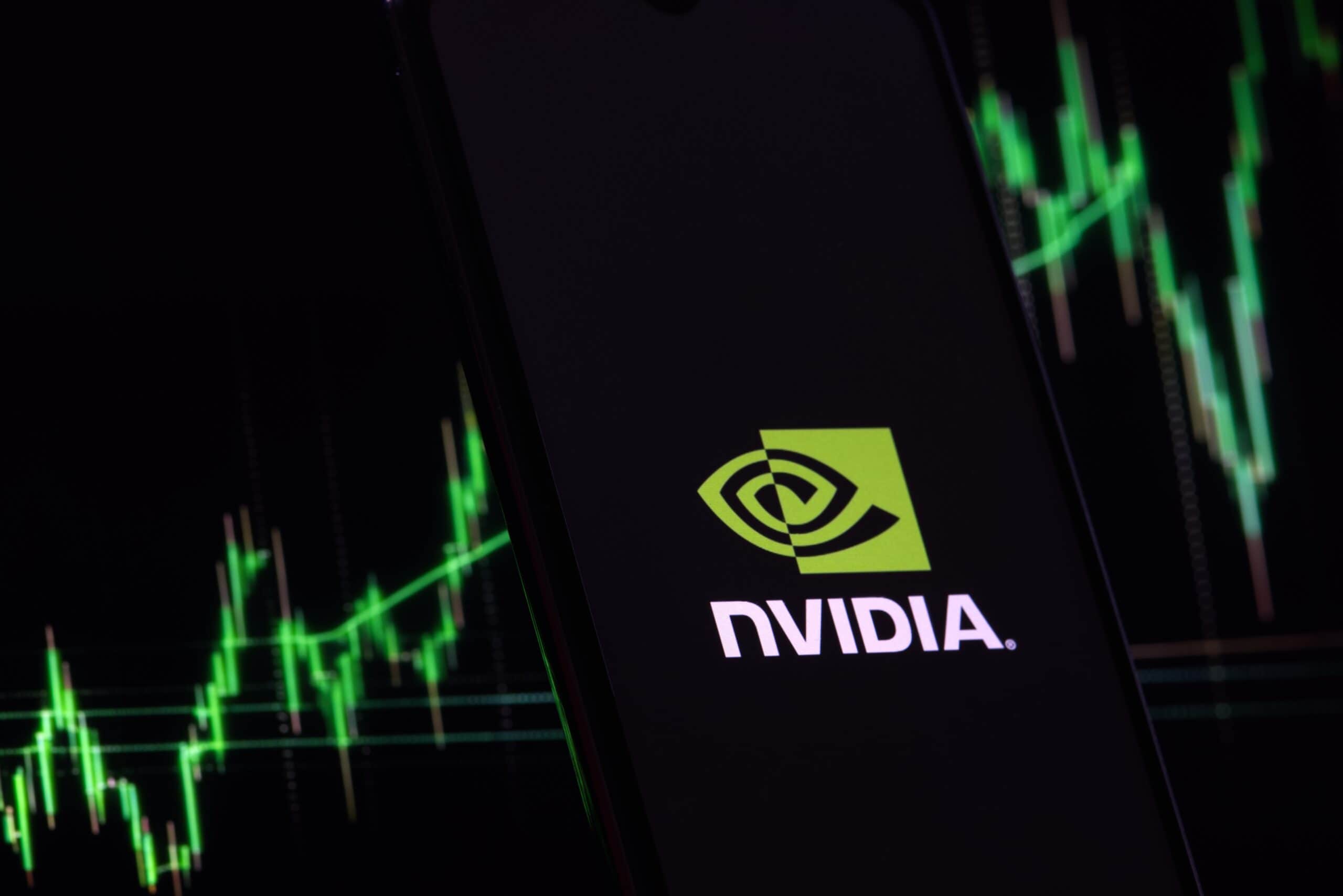
Table of Contents:
NVDA Breaking News: $100B Deal Shows Risk and Promise for AI Future
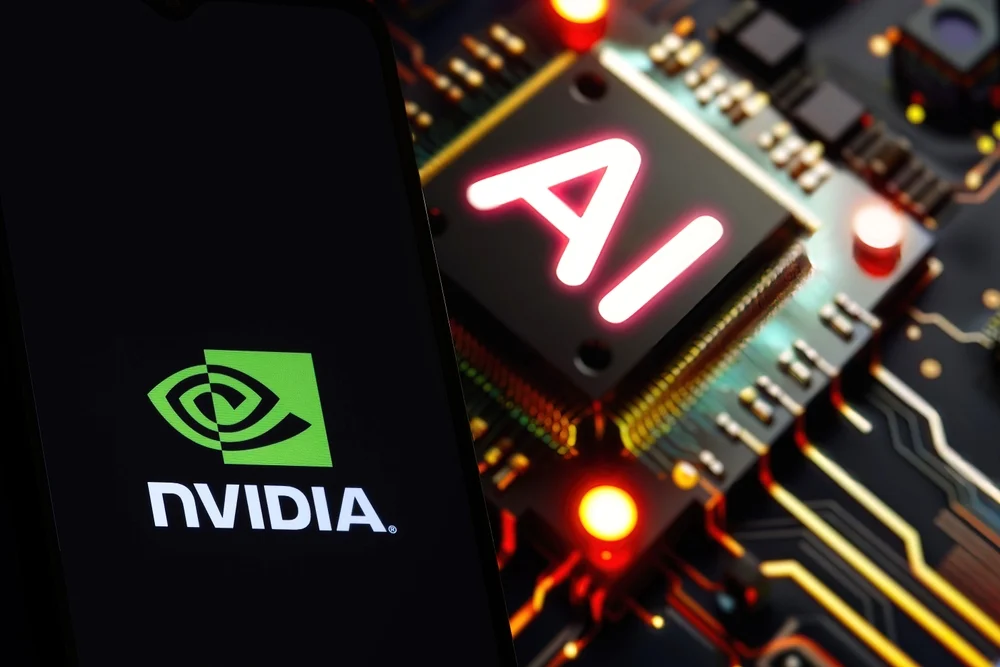
Nvidia (NVDA) Invests $100B in OpenAI: A Defining Tech Moment
In a move that could reshape the future of artificial intelligence, Nvidia (NVDA) has announced a massive $100 billion investment in OpenAI, the company behind ChatGPT. The deal positions Nvidia not just as the world’s most valuable chipmaker, but as a key architect of the coming AI economy.
Thank you for reading this post, don't forget to subscribe!According to the announcement, this “strategic partnership” will allow OpenAI to build 10 gigawatts of AI data centers powered by Nvidia’s next-generation chips, expected to come online starting in 2026. (Nvidia Newsroom)
Why This Matters: Powering the Next Era of Intelligence
- Nvidia’s dominance: Already a $4 trillion company, NVDA controls the GPU market that fuels AI. This deal deepens its influence.
- OpenAI’s breakthroughs: With ChatGPT and other models, OpenAI has become the global face of generative AI. Now, with more compute power, it aims to develop even more powerful systems.
- Economic shift: Both companies describe this partnership as a foundation for future economies, suggesting AI infrastructure will rival energy or transportation in scale.
The Positive Side: Growth, Jobs, and Innovation
- Technological leap: Nvidia CEO Jensen Huang called the deal “the next leap forward,” enabling AI superintelligence to move from labs into mainstream use.
- Economic boost: Large-scale AI centers may create jobs in data engineering, construction, and infrastructure across the U.S.
- Empowerment at scale: OpenAI’s Sam Altman said the deal would “empower people and businesses” by making AI breakthroughs more widely available.
The Negative Side: Risks, Costs, and Concentration of Power
- High stakes: $100 billion is an enormous gamble. Critics say overreliance on one company’s chips may create dangerous bottlenecks.
- AI risks: Expanding toward “superintelligence” raises questions about safety, ethics, and unintended consequences.
- Corporate concentration: With Nvidia, Microsoft, Oracle, and others in the mix, some worry a handful of companies are consolidating too much control over global AI infrastructure.
Reactions From the Market

Investors reacted quickly. Nvidia’s shares jumped 4% after the announcement, reflecting optimism about new revenue streams. Analysts see the deal as both a short-term boost and a long-term signal that AI infrastructure is becoming a new kind of “digital oil.”
At the same time, some experts warn about volatility. If AI development faces regulatory pushback or technical challenges, even Nvidia’s dominant position could be shaken.
Nvidia and OpenAI: A Decade of Collaboration
This deal didn’t come out of nowhere. Nvidia and OpenAI have worked together since the earliest DGX supercomputers, which were used to train AI systems.
- From the rise of ChatGPT to today’s announcement, the companies have pushed each other forward.
- Huang credited OpenAI as being one of Nvidia’s most important partners in the AI race.
- Altman emphasized that “compute infrastructure is the basis for the economy of the future.”
Beyond Microsoft: Expanding OpenAI’s Alliances
Although Microsoft remains OpenAI’s early backer and biggest partner, the Nvidia alliance shows the company is broadening its ties. Other collaborators now include Oracle, SoftBank, and Stargate, each contributing resources to accelerate AI progress.
This diversification could mean:
- Less dependency on Microsoft
- More stability for OpenAI in case of corporate or political conflicts
- Faster scaling thanks to multiple streams of infrastructure support
What’s Next: The Road to 2026 and Beyond
- Phase one of the deal: Nvidia’s next-gen Vera Rubin chips will power the first AI data centers.
- 2026 launch: Initial gigawatt-level facilities come online, setting a global benchmark.
- Toward superintelligence: Both companies openly talk about building systems that go beyond today’s AI, raising anticipation—and concern.
The Big Picture: America at the Center of the AI Race
This partnership underscores how the U.S. remains the focal point of the global AI race. With Nvidia headquartered in California and OpenAI in San Francisco, the alliance positions the U.S. at the center of both AI innovation and infrastructure dominance.
But questions linger:
- How will regulators respond to such consolidation?
- Can AI safety measures keep up with the speed of scaling?
- Will everyday people truly benefit from this $100B investment?
Conclusion: NVDA’s Gamble, OpenAI’s Ambition:
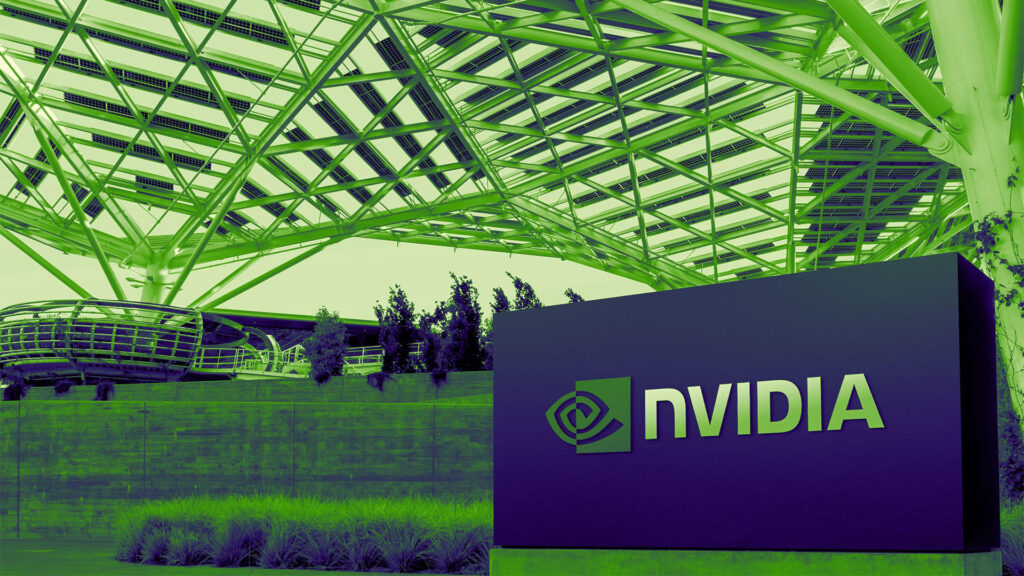
The Nvidia-OpenAI partnership is a story of both hope and risk. On one hand, it could lead to breakthroughs that transform business, science, and everyday life. On the other, it raises concerns about unchecked power, AI safety, and massive financial stakes.
What’s clear is this: NVDA has doubled down on the AI future. By betting $100B, it isn’t just selling chips—it’s shaping the infrastructure of tomorrow’s intelligence.
Whether this is remembered as a bold leap forward or a dangerous gamble will depend on what happens between now and the rollout of those massive AI data centers.
Sources & Further Reading
- Axios: Nvidia to invest up to $100B in ChatGPT creator OpenAI
- Nvidia Newsroom: OpenAI and Nvidia announce strategic partnership
- Axios on Nvidia and Microsoft’s AI race
Business
Openai Dev Day:OpenAI Agent Builder Launch Sparks Excitement and Debate
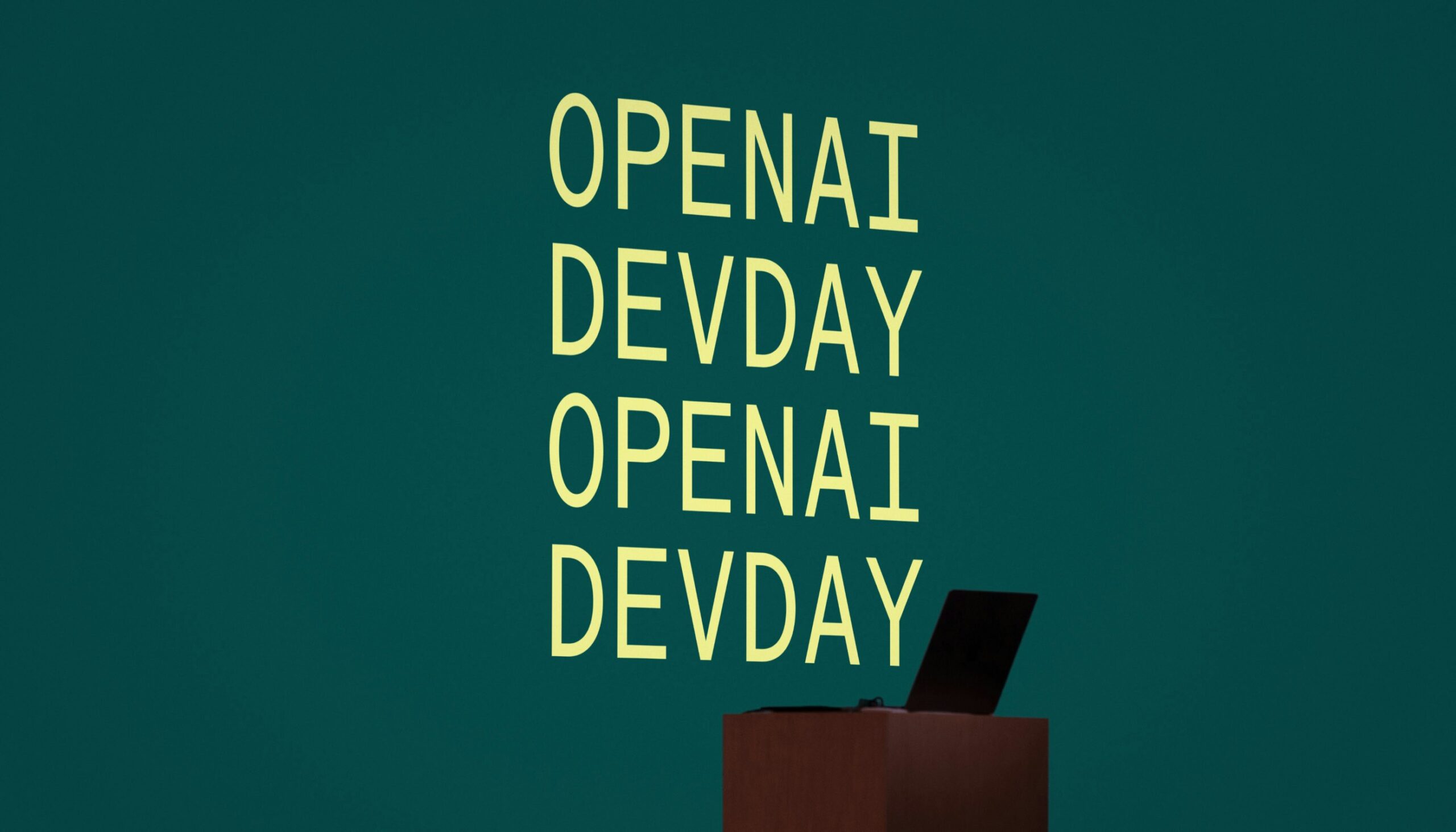
Table of Contents:Openai Dev Day
Openai Dev Day:OpenAI Agent Builder Launches Sparks Excitement and Debate

OpenAI’s Next Big Leap: ChatGPT-Powered Agent Builder:Openai Dev Day
OpenAI is once again making headlines with its latest innovation — a ChatGPT-powered Agent Builder designed to let users create their own AI agents. This experimental tool could mark a revolutionary moment in AI development, giving creators, businesses, and everyday users the power to build custom, intelligent workflows without writing complex code.
Thank you for reading this post, don't forget to subscribe!Spotted by tech researchers on X (formerly Twitter), the new Agent Builder appears to use a flowchart-style interface where users can drag and drop “nodes” to define how their AI agent behaves. Each node performs a specific task, and arrows indicate the sequence of actions.
This visual approach is being compared to Microsoft’s Visual Studio moment — potentially the tool that democratizes AI development for the masses.
How the OpenAI Agent Builder Works:Openai Dev Day
The leaked screenshots reveal an intuitive layout. Users can start from pre-built templates like:
- “Customer Service”
- “Data Enrichment”
- “Document Comparison”
Or, they can click “Create” to begin from scratch.
Each template contains a network of nodes — building blocks that can perform tasks such as generating text, summarizing data, or calling an external API. These nodes connect to an Agent, which acts as the brain of the workflow.
Users can:
- Choose their preferred AI model (such as GPT-5 or GPT-4-turbo).
- Customize prompts and rules.
- Set “Reasoning effort” — a new parameter that may control how deeply the model thinks.
- Choose output formats, including text or JSON.
Essentially, OpenAI’s Agent Builder is turning ChatGPT into a developer platform for AI automation.
MCP Integration: AI Meets Your Apps
One of the most powerful features spotted in the leak is MCP (Model Context Protocol) support. This means Agent Builder can connect directly to popular productivity tools like:
- Gmail
- Google Drive
- Google Calendar
- Outlook
- SharePoint
- Teams
- Dropbox
This connectivity allows users to create AI workflows that can read emails, summarize files, fetch events, or even draft replies automatically — all within one intelligent system.
For instance, an AI agent could scan your Google Calendar, summarize your daily meetings, check documents in Dropbox, and then send a summary email via Outlook — all seamlessly automated.
“This could be the future of personalized AI assistants,” one tech analyst noted. “It’s not just chat anymore — it’s action.”
OpenAI’s Vision: From Chatbot to Agentic Intelligence
OpenAI has been steadily evolving ChatGPT from a conversational assistant into an agentic AI system — one that can think, plan, and act autonomously.
Earlier this year, the company introduced GPTs — customizable versions of ChatGPT for specific tasks. The new Agent Builder takes this concept even further by allowing users to visually design workflows powered by GPT models.
AI startups have long believed that AI agents are the next frontier — capable of doing more than just generating text. They can execute real actions, manage data, and integrate with digital ecosystems.
If OpenAI delivers on this promise, Agent Builder could redefine how businesses and individuals interact with technology.
Positive Sentiments: Innovation, Empowerment, and Accessibility
The announcement has sparked overwhelming excitement among developers, tech enthusiasts, and businesses.
- Innovation at Its Peak – The Agent Builder shows OpenAI’s commitment to pushing boundaries in user-driven AI development.
- Empowerment for Non-Coders – With its visual, drag-and-drop design, anyone can create intelligent automations — no technical background required.
- Productivity Boost – By connecting with everyday tools like Gmail and Teams, users can drastically reduce repetitive tasks.
- Custom AI Agents for Everyone – Small businesses and solo entrepreneurs can now design their own virtual assistants tailored to unique needs.
This step makes AI more inclusive and accessible, bridging the gap between complex technology and everyday productivity.
Negative Sentiments: Privacy, Complexity, and Competition:Openai Dev Day
Despite the enthusiasm, the OpenAI Agent Builder also raises some concerns.
- Privacy Questions – Integrating AI with services like Gmail or Drive could spark debates around data privacy and security.
- Overreliance on Automation – Critics argue that too much automation may lead to reduced human oversight in critical business tasks.
- Complexity Behind Simplicity – While the visual interface looks easy, designing effective AI workflows still requires logical thinking and understanding AI behavior.
- Rising Competition – Rivals like Anthropic, Google DeepMind, and Microsoft Copilot Studio may respond with competing products, intensifying the AI tool race.
Still, most analysts agree that these challenges are part of the natural evolution of a rapidly expanding industry.
OpenAI DevDay: Official Details Coming Soon:Openai Dev Day
OpenAI is expected to reveal full details about Agent Builder at its annual DevDay Conference later today.
During the event, CEO Sam Altman is likely to outline how this tool fits into OpenAI’s broader ecosystem — including GPT-5, ChatGPT Go, and enterprise integrations.
“We’re entering the age of personalized AI creation,” a spokesperson said. “Agent Builder is a big step toward that vision.”
Fans and developers can tune into the OpenAI DevDay livestream for updates, demonstrations, and release timelines.
The Power of Agentic AI: A New Era for OpenAI

The power of Agent Builder lies in its ability to transform ChatGPT from a question-answer bot into a do-anything assistant.
By combining automation, reasoning, and integration, OpenAI is redefining what it means to “use AI.” Whether it’s customer support, data processing, or scheduling — your AI agent could soon handle it all.
While the road ahead includes challenges, one thing is certain: OpenAI’s Agent Builder could be the tool that makes AI creation as easy as building with LEGO.
Sports
Connor McDavid’s Stunning $25M Oilers Betrayal!

Table of Contents
Connor McDavid signs a 2-year, $25M extension with the @EdmontonOilers 🤯
In a move that defies the very logic of the modern NHL salary market, the Edmonton Oilers and their captain, Connor McDavid, have agreed to a two-year, $25 million contract extension. The deal, announced just days before the season opener, ensures the world’s best player remains in Edmonton at a staggering discount, keeping his salary cap hit at $12.5 million.
Thank you for reading this post, don't forget to subscribe!
This decision comes as a shock to the hockey world, especially less than a week after Minnesota Wild winger Kirill Kaprizov reset the market with a record-setting eight-year, $136 million contract, which carries an average annual value (AAV) of $17 million. By comparison, McDavid has clearly and deliberately left millions of dollars on the table.
In an era where players are constantly pushing the financial ceiling, McDavid’s extension is a powerful statement. He will continue to play under the same $12.5 million cap hit from his current eight-year, $100 million deal signed back in 2017, a figure now well below his market value.
A Commitment to Winning Above Wealth
The motivation behind this team-friendly deal is crystal clear: winning the Stanley Cup.
“Connor’s commitment to our team and our city is surpassed only by his singular focus on bringing a Stanley Cup back to fans of the Edmonton Oilers,” General Manager Stan Bowman said in the team’s official statement.

This sentiment echoes McDavid’s own stance from this past June. Following a second consecutive heartbreaking loss in the Stanley Cup Final to the Florida Panthers, the 28-year-old superstar stated that he wanted to see a “commitment to winning” before engaging in extension talks. This new contract suggests those assurances were met, allowing the Oilers to preserve crucial cap space to build a more competitive roster around their generational talent.
The agreement brings a swift end to what could have been a major season-long distraction. Just last week, Bowman was publicly non-committal about avoiding a scenario where McDavid would enter the season as a pending unrestricted free agent.

A Generational Talent’s Legacy
McDavid isn’t just any player; he is a three-time Hart Trophy winner as league MVP and has led the NHL in scoring in five of his ten seasons. His on-ice production remains otherworldly; last season, he recorded 26 goals and 100 points in just 67 games, followed by a dominant playoff performance of seven goals and 33 points in 22 games.
By taking less money, McDavid isn’t just betting on his team; he is actively shaping his legacy. The narrative is no longer just about his incredible individual accolades but about his ultimate sacrifice in pursuit of the sport’s ultimate prize.
With the contract situation resolved, the focus now returns to the ice. The Oilers open their 2025-26 season Wednesday, hosting the Calgary Flames, with their captain’s future securely locked in and a city’s hopes higher than ever.
Sports
Jannik Sinner – Explosive Claim: Zverev’s Controversial Take on Sinner, Alcaraz, and Court Speed

Table of Contents -Jannik Sinner
Zverev Accuses Tournaments of Slowing Courts to Favor Rivals Sinner and Alcaraz
In a stunning accusation that has sent ripples through the tennis world, German star Alexander Zverev has claimed that tournament organizers are deliberately manipulating court speeds to favor the sport’s young phenoms, Jannik Sinner and Carlos Alcaraz.
Thank you for reading this post, don't forget to subscribe!
The World No. 3 voiced his strong displeasure after his straight-sets victory over Valentin Royer at the Shanghai Masters, suggesting a deliberate shift in the game’s landscape.
“I hate when it’s the same, to be honest,” Zverev stated bluntly in his on-court interview. “I think the tournament directors are going towards that direction because, obviously, they want Jannik and Carlos to do well every tournament, and that’s what they prefer.”
Zverev’s core argument is that this alleged tactic is eroding the unique identity of tennis. “Nowadays, you can play almost the same way on every surface. I don’t like it. I’m not a fan of it,” he explained. “I think tennis needs different game styles, tennis needs a little bit of variety, and I think we’re lacking that right now.”

The claim places a direct spotlight on the dominance of Jannik Sinner and Carlos Alcaraz. Since June 2024, the two have been the only players to hold the ATP World No. 1 ranking, creating a compelling rivalry that has captivated fans. They split the four Grand Slam titles this year, and both are in formidable form, with Sinner recently capturing the China Open title and Alcaraz winning the Japan Open.
Zverev’s comments add a layer of intrigue to this rivalry, framing it not just as a battle of skill, but as one potentially influenced by external factors favoring a specific, powerful style of play synonymous with Sinner and Alcaraz.

The match itself was not without drama for Zverev. While serving for the match at 5-4, he suffered a worrying toe injury that required on-court treatment, momentarily halting his progress.
“I landed funny on my toe, and after that I could barely do a step, so we’ll see what it is,” he shared, expressing frustration over a season marred by physical problems. “We will see if I will ever be healthy this year again, because it’s been a struggle, but I’m happy to be through.”
Despite the injury scare, Zverev’s powerful comments about the state of the game are what will resonate loudest, setting the stage for a fiery debate about fairness, entertainment, and the future direction of professional tennis.
-

 Entertainment3 months ago
Entertainment3 months agoNew Movies Streaming – 6 Must-Watch New Movies & Shows Streaming This Weekend (July 18 – 20)
-

 News3 months ago
News3 months ago911 outage – Pennsylvania experiencing problems with 911 calls statewide
-

 News3 months ago
News3 months agoType 1 Diabetes Barbie Doll – A Step Toward Inclusivity in Toys
-

 News3 months ago
News3 months agoJannik Sinner and Carlos Alcaraz set for Wimbledon final showdown after semifinal wins
-
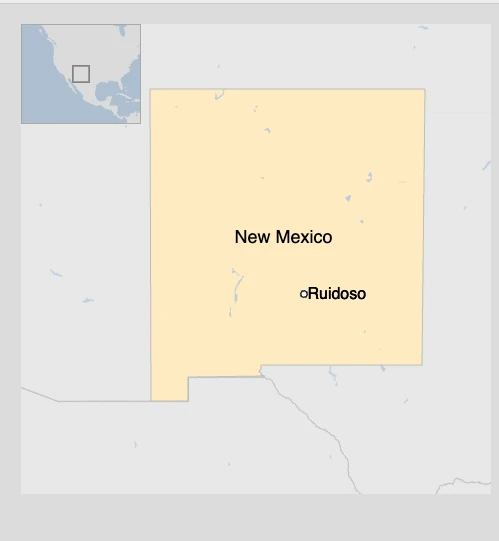
 News3 months ago
News3 months agoNew Mexico Flooding 2025 – Latest Updates, Causes, and Safety Tips
-
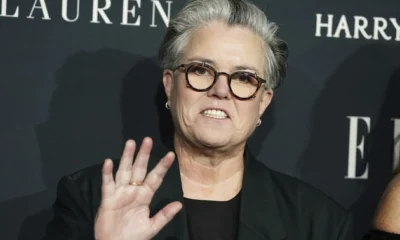
 Fashion3 months ago
Fashion3 months agoRosie O’Donnell – Trump Threatens to Revoke Rosie O’Donnell’s U.S. Citizenship in Latest Feud Escalation
-

 News3 months ago
News3 months agoNYC Subway Flood – Live Updates: NYC Subway Flood Disrupts Commute After Flash Flooding
-

 Sports3 months ago
Sports3 months agowings vs fever – WNBA Showdown: Caitlin Clark’s Indiana Fever vs. Paige Bueckers’ Dallas Wings – Betting Picks & Predictions

